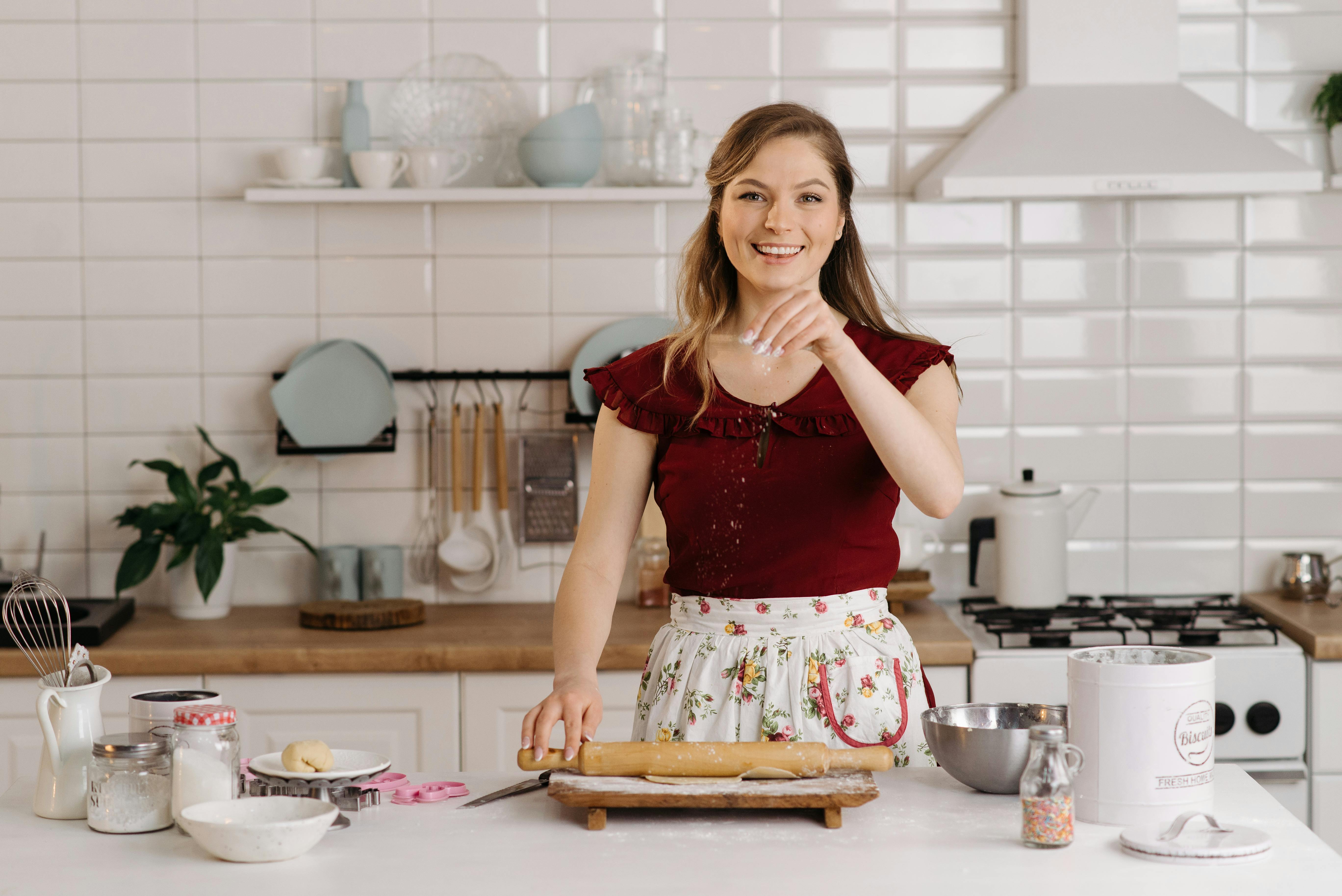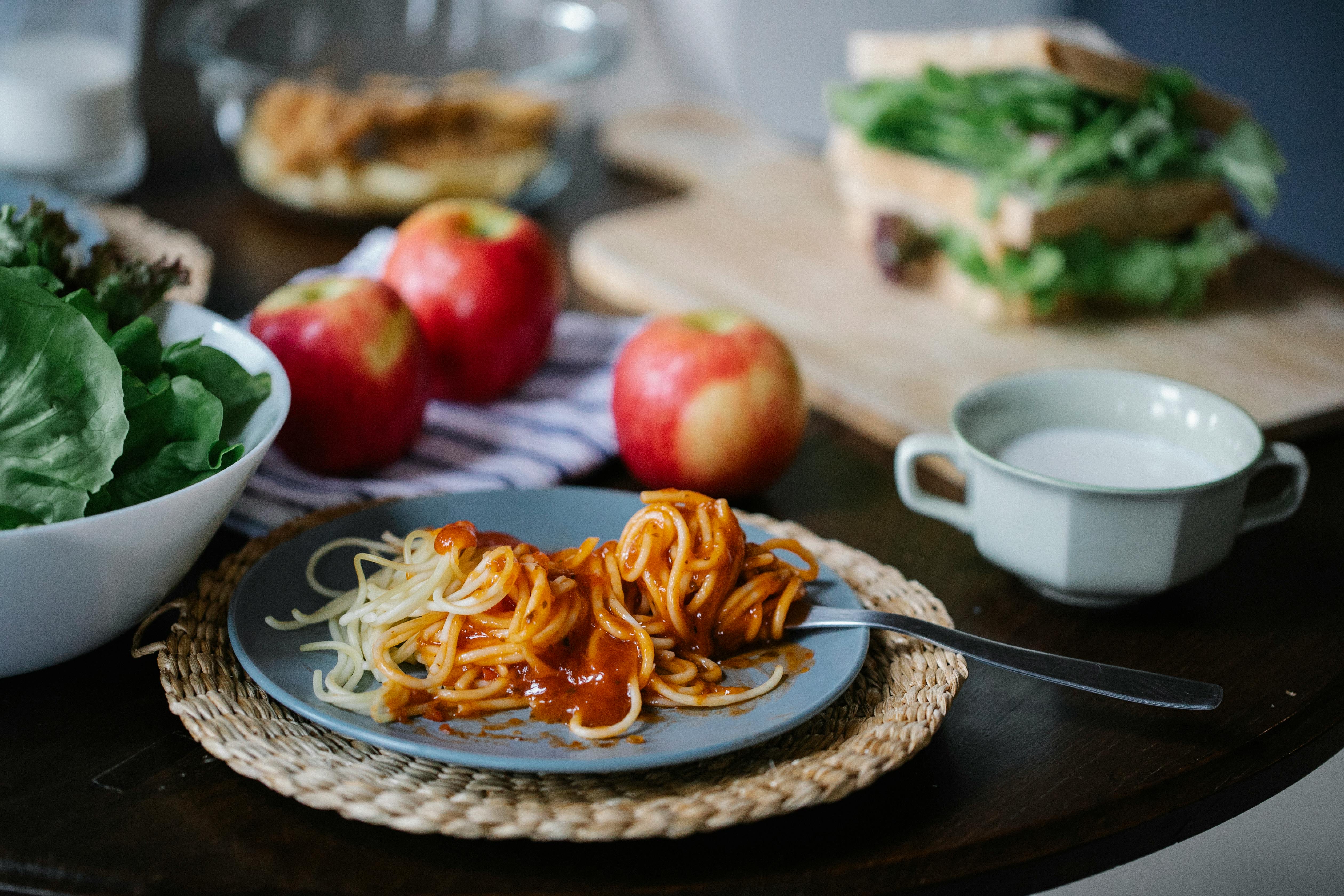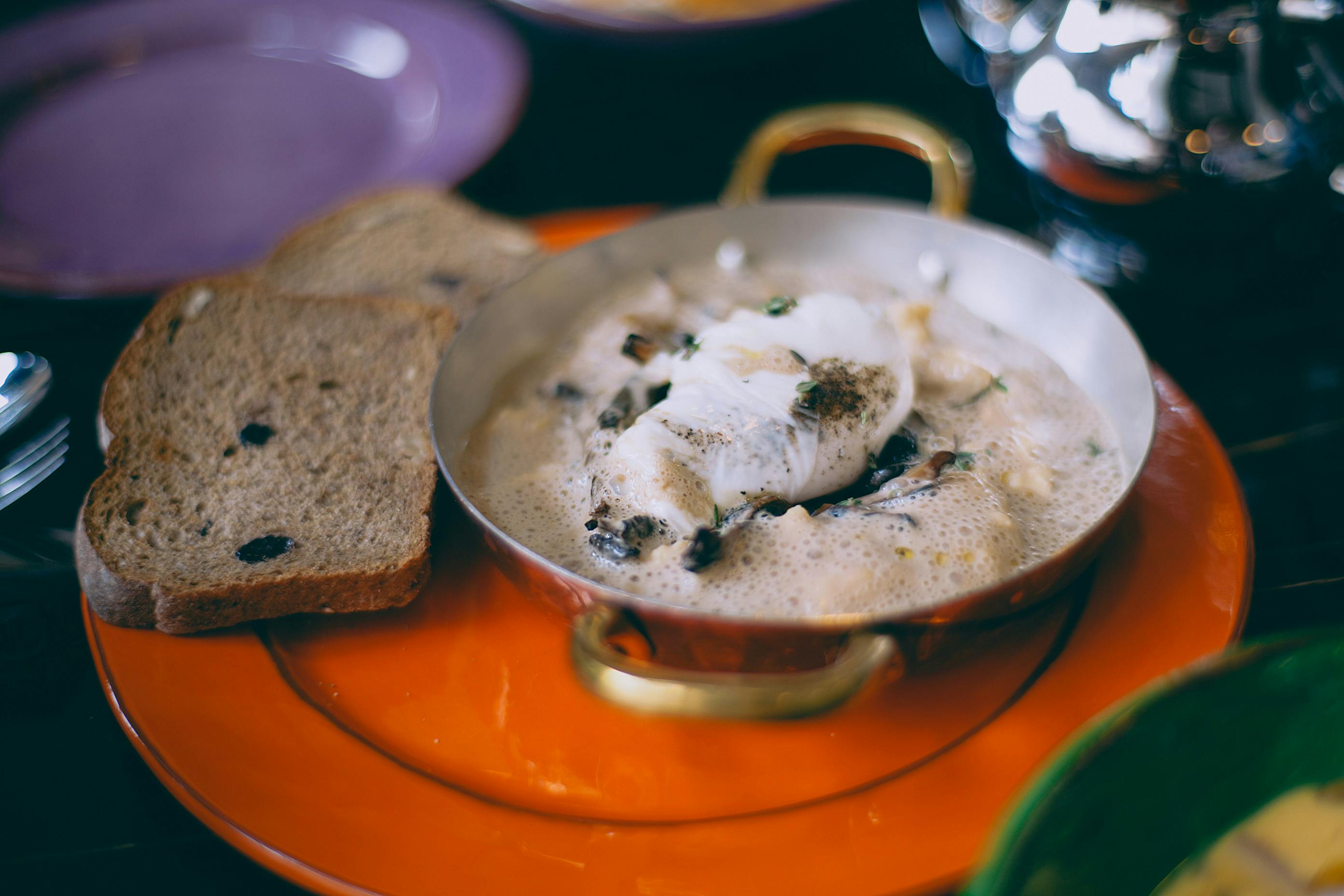Painted in about a week in late August 1888, Van Gogh’s original Sunflowers series was envisioned as an inspirational and decorative piece for his “yellow house” in Arles, France. In preparation for the arrival of the painter Paul Gauguin later in the year, Van Gogh wanted his house and his paintings to reflect the extra-luminous and mysterious palette of colors he found in the surrounding countryside of Arles and the Mediterranean Sea:
“The Mediterranean has the colors of the mackerel, I mean changing. You don’t always know if it’s green or purple, you can’t even tell it’s blue, because the next moment the changing light has been tinged with pink or gray… Everywhere now there is old gold, bronze, copper, you could say, and that with the bluish-green of the sky, bleached by the heat: a delicious color, extraordinarily harmonious, with the mingled tones of Delacroix.” [Excerpt from letters to Theo]
Upon his arrival in Arles in February 1888, Van Gogh was immediately inspired and amazed by the intensity of color found in the south of France. Unlike the northern European sky and landscape with its clouds and mist, the blazing sun and bright southern sky seem to have banished all hesitation from Van Gogh’s paintings. Bold color contrasts and spiral rhythms, all inspired by the surroundings of Arles, began to flow endlessly, as if in a state of sustained ecstasy. Finishing nearly one canvas a day and writing hundreds of letters, 1888 saw Van Gogh paint at a dizzying pace, achieving a maddening speed and quality of production virtually unmatched in the history of art.
Sunflowers as a gift of gratitude
As most of Van Gogh’s paintings had been executed with no one in particular in mind, his planned sunflower series was a slight departure in that it was intended as a gift and an expression of friendship. While many of his paintings seem to draw you in and out towards the horizon, drawing you in to his vision and world, Van Gogh’s sunflowers seem to reach outside and communicate with you; it’s like you can touch them. These are paintings that were clearly intended to charm and comfort, and are arguably the most impressive because the intended viewer of these paintings was another artist Van Gogh greatly admired: he knew that anything less than magnificence would not impress Gauguin.
painting the sunflowers
When Gauguin finally confirmed that he would be heading to Arles (after some delay), van Gogh’s sadness and apprehension were completely dispelled. With an almost gustatory enthusiasm, he threw himself into the sunflower project. He had expanded in his mind from six to twelve canvases that would constitute a ‘symphony in blue and yellow’, affective, like music, by virtue of its color and ‘simple technique’, understandable to anyone with eyes in the head. Rushing to complete his canvases before the flowers withered, Vincent worked feverishly from sunrise to sunset, completing four of the planned twelve. He first produced, in rapid succession, two canvases with less than half a dozen flowers, together with a composition of “twelve sunflowers and buds” (in fact, there are more) arranged in a yellow earthenware box on a light blue-green background. . Having completed this exploration of light against light, he painted a contrasting pendant of the same size and yellow vase, but ‘all in yellow’, the yellow sunflowers set against a yellow background.
By ‘simple technique’ Vincent meant a manner that was free of the fussy stippling of pointillism. And indeed, the procedure on these canvases represents his final denial of Neo-Impressionism. He began in the usual way, establishing the composition with a drawn outline sketch, reinforcing it with painted lines, and blocking out the background and primary forms with thin layers of paint. Then he picked up speed, sometimes loading the brush with color and in other places using little paint. He did not hesitate to use unmixed color straight from the tube and often mixed pigments incompletely on his palette so that separate streaks of color run through individual strokes.
Vincent devised different systems of brushstrokes for each element of the painting: the background is a basketry pattern; the table, a series of loose horizontal lines; petals on single flowers and leaves are formed by single or small parallel markings; the centers of these flowers are painted with circular strokes of pure lake red, sprinkled with a ring of yellow impasto; full double flower petals are short thick strokes radiating from thinner centers. Having kept the general shape of most of the flowers in reserve when applying an initial undercoat, he added petal tips over the final ground. Applying new pigment to the still-damp underlying or adjacent area with a controlled, confident touch, Vincent probably devoted just one session to each canvas, then reinforced some contours and added his signature.
Van Gogh’s series of sunflowers, first viewed in a spirit of solitude, now celebrated Vincent’s “hope of living with Gauguin in a studio of his own,” while hinting at a growing sense of mission. Gauguin, for his part, expressed his willingness to participate in his friend’s plan, but by no means felt the same mixture of personal and ideological yearning.
Using late 19th-century innovations in paint-making, throughout 1888 Van Gogh had been using bold, unmixed colors to striking effect. Chrome yellow, citron yellow, zinc yellow, cadmium, straw yellow, cobalt blue, French ultramarine, viridean, and emerald green feature strongly in Van Gogh’s Sunflowers and his later work in general. Using the strong literal, visual, and vibrational contrasts between colors, Vincent Van Gogh’s paintings harness the full potential of intense color combined with an undulating, spiraling sense of rhythm.
An analysis of Van Gogh’s Sunflowers reveals the convergence of many superficial and ulterior themes within the artist’s life: his affinity for the color yellow, his insistence on speed, his focused intensity when dealing with certain objects and people, and his obvious affinity for the sunflower as his ‘power flower’, so to speak:
“As you know, the peonies are Jeannin’s, the hollyhocks are Quost’s, and the sunflowers, well, the sunflowers are mine.”
Also, one of the only paintings Paul Gauguin completed while visiting Van Gogh in Arles was his portrait Vincent Painting Sunflowers (see Gauguin section below), which manages to capture Van Gogh’s calm intensity when it comes to depicting his subjects. and landscapes.
in love with yellow
Regarding Vincent Van Gogh’s affinity for the color yellow, it’s hard not to draw this conclusion from a man who paints possibly the ‘yellow’ depiction of sunflowers in human history while renting a yellow house and painting hundreds of depictions. of fields of corn, fields of wheat, and of course, the wildly golden, biblically tinged The sower from earlier in the same year. In a letter to his sister Wilemina, Van Gogh described the sunflower still lifes as “paintings all in yellow”. Perhaps foreshadowing Picasso’s blue period in which the artist slashed his color palette to startling results, Van Gogh’s Sunflowers are in fact a wild and vivacious “symphony in yellow” combining a dozen or more shades and shades of yellow in a singular fusion.
Painting ‘In the moment’
When it came to speed, Van Gogh didn’t just paint at a breakneck pace, he needed to paint as fast as nature itself to capture the wind, the sun, the trees, and of course the sunflowers:
“I propose to paint a series of pictures for the studio in the hope of living there together with Gauguin. Nothing but a bunch of big sunflowers… If I carry out my plan, there will be a dozen pictures. The whole thing is a symphony in blue and yellow. I start work every day at dawn because the flowers wither very quickly and you have to paint it all at once.”
This method of painting ‘in one go’ not only increased the output of his paintings during the last years of his life, but added to the focus, intensity and singular expression that many of his paintings exude. Waves, rivers, spirals and eddies of color seem to flow spontaneously in the moment and in harmony with the rhythms of a much bigger and grander universe that lurks just below the most ordinary objects.
Gauguin’s ‘Painter of Sunflowers’
With the painter of sunflowers, Gauguin depicted the arrangement of sunflowers that Vincent paints in the manner of Van Gogh’s own August Sunflower series. The two full flower heads (called doubles) are positioned similarly to those in the yellow-on-yellow version, with the top flower in Gauguin’s canvas corresponding to the disheveled one in Vincent’s upper left. Gauguin followed Vincent in greatly reinforcing the outlines of the stripes and also in the use of deep red layers on the central discs. This method on Gauguin’s canvas could allude to his criticism of Vincent for simply transcribing the Sunflowers and even applying paint to the sunflowers themselves.
the painter of sunflowers it illustrates Gauguin’s critique of Vincent’s work habits and limitations, along the lines of the broader indictment he would later add to one of his depictions of his time with Vincent. In retrospect, Gauguin would claim that while nineteenth-century artists had mastered drawing as a language of direct communication, none, not even Delacroix, had truly understood the expressive potential of color.
Vincent’s overall depiction, however, is fictional: Van Gogh could not have been painting real sunflowers in December, because they were not in season. By depicting still life in the manner of Vincent, Gauguin hinted that neither he nor Vincent directly observed the motif, but saw it already transformed by the latter’s imagination. In other words, they worked with reference to previous Sunflower canvases, not actual sunflowers.
By endowing Vincent with a rapt, trance-like expression, Gauguin accomplished something more complex than caricature or ridicule. He and Vincent evidently pondered the creative potential of the state between wakefulness and sleep. Here Gauguin blurs the line between Van Gogh ‘seeing God’ in this trance-like state and being trapped in a kind of accidental beginner’s stupor, although many would consider them harmonious states. Vincent would later comment on the painting and its resemblance to the image of him: “It’s certainly me, but I’ve gone mad.”
The painting of the lost sunflower (second version)
Painted in the same time period as the other three sunflower paintings mentioned above, this Van Gogh painting was considered the ‘Six Sunflowers’ and was intended to be placed within an orange frame. Once the property of Koyata Yamamoto, a wealthy collector of Japanese art, the painting was destroyed along with the owner’s home on August 6, 1945, the same day the United States bombed Hiroshima.
Although the painting did not fall victim to the nuclear bomb, it was hanging above a sofa in the man’s seaside home in Osaka when the town was destroyed in a US bombing raid the same day. Nearly seven decades later, in 2013, British art historian and curator Martin Bailey found a color photograph of the painting hidden in a collection of Cezanne prints while doing research for a book on Van Gogh’s Sunflowers.
Generally, Van Gogh Sunflower Paintings they continue to fascinate both the casual viewer and art historians. Even 125 years after the completion of these four paintings, they continue to amaze and delight us.



